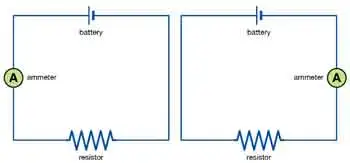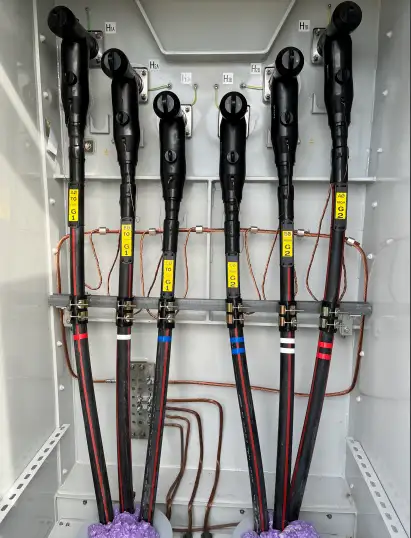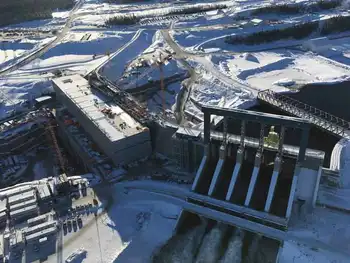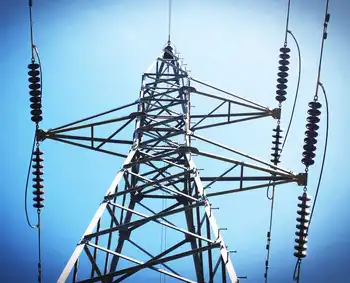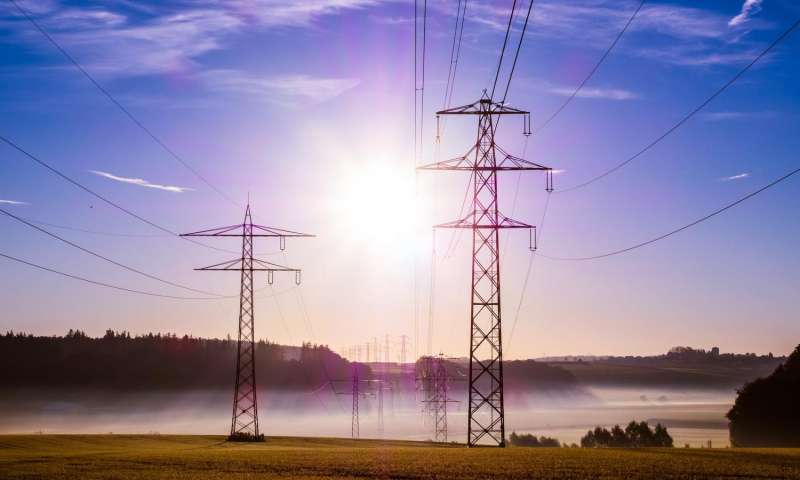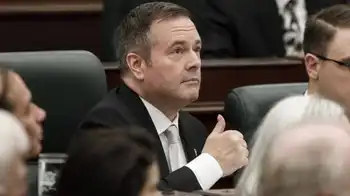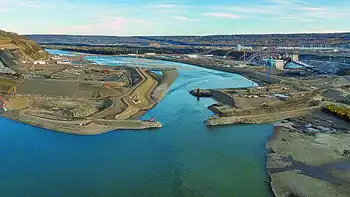Great Lakes wind projects await approval
By Industrial Info Resources
Protective Relay Training - Basic
Our customized live online or in‑person group training can be delivered to your staff at your location.

- Live Online
- 12 hours Instructor-led
- Group Training Available
The applications have been submitted by windfarm developers for setting up windfarms on Lake Erie and Lake Ontario. NYPA did not reveal any details about the developers, size or cost of the projects.
Industry experts said that the cost of developing an offshore windfarm is considerably higher than that of an onshore windfarm. While the cost of constructing an onshore windfarm is about $2,000 per kilowatt, investment on an offshore project is about $4,000 per kilowatt. In comparison to onshore and offshore windfarms, the cost of constructing 1 kilowatt of a combined-cycle natural gas project, nuclear plant, solar power plant and coal-fired power project is $1,000, $4,000, $6,200 and $2,200, respectively.
In December 2009, as part of its effort to create jobs and meet renewable energy targets, NYPA invited proposals for new wind power plants. Sources indicate that wind power could assist New York State in generating 30 of its energy needs by 2015. Presently, the state produces a substantial quantity of hydroelectric power from dams on the St. Lawrence and the Niagara rivers. The Adirondach and Catskill mountains also have huge potential for wind power generation.
The state generates 30 of its power needs from natural gas-fired plants. About 30 and 20 of the state's energy demand is met by four existing nuclear power plants and hydropower projects, respectively. Coal-powered plants account for more than 10 of the total energy demand. The remainder is contributed by other renewable and energy sources.
NYPA officials said that the authority will continue to accept proposals from businesses interested in developing wind power projects in the Great Lakes region. Of the 220 registrations received, about 30 applications have been submitted by companies from the Rochester area.
According to Richard M. Kessel, the president and chief executive officer of NYPA, the wind power projects will begin operations within the next five years.
Kessel said that the selection of developers would be completed by late 2010 or early 2011. This will be followed by a permit-acquiring process, which is likely to be completed in two years. NYPA is also encouraging local businesses to submit applications for plant, equipment and other activities.
NYPA hopes to involve the residents and communities in the construction and operations of the project. Construction of the windfarms is scheduled to begin in 2013 and operations are expected to commence by 2015-16. The selected project developers also will sign power purchase agreements to sell wind power generated by these projects to NYPA.
The Great Lakes is a collection of fresh-water bodies on the U.S.-Canada border, consisting of Lake Huron, Lake Erie, Lake Superior, Lake Ontario and Lake Michigan. These lakes, which form the largest group of fresh water lakes in the world, contain about 20 of the world's fresh water. The state of New York, which shares borders with Pennsylvania, Connecticut, New Jersey, Vermont and Massachusetts, also has an international border with Ontario and Quebec in Canada.
Industry experts have indicated that if the NYPA-backed Great Lakes wind project is successful, it will be faster than the similar wind power project planned off the coast of Cape Cod in Massachusetts. The windfarm, which was conceived in 2001, also received government approvals. However, there has been little development since then, due to delays in regulatory approvals and legal hurdles.
In a related development, the Lake Erie Development Corporation and General Electric Company have announced the construction of a 20-megawatt MW wind power project on Lake Erie, using GE's 4-MW turbines. If this project is successful, it is likely to become the first offshore freshwater windfarm. The windfarm is expected to begin operations in 2012.
In a recent development, Suncor Energy Projects announced that it has received regulatory clearances to proceed with a proposed 88-MW windfarm northeast of Calgary.
The Wintering Hill project, which will consist of 55 units of 1.6-MW turbines, will be constructed on 16,000 acres of land. On commissioning, the windfarm will provide renewable power to the 35,000 households in the area and help reduce a reported 200,000 tons per year of greenhouse gas emissions. Suncor Energy Projects is a fully owned subsidiary of Suncor Energy Incorporated. Suncor Energy is a leading name in Canada's energy sector. The company focuses on power generation from wind, solar, biofuels, oil sands and natural gas.
Presently, the company operates four windfarms, with a combined generating capacity of 147 MW. The windfarms are the 30-MW Magrath and the 30-MW Chin Chute projects in Alberta the 76-MW Ripley windfarm in Ontario and the 11-MW Sunbridge project at Saskatchewan.
The announcement of new renewable energy projects in the U.S comes at a time when Americans are protesting the Gulf oil spill. The oil leak, off the Gulf of Mexico, is considered to be one of the worst environmental disasters. The leak has not only contaminated seawater but has also endangered the lives of marine fauna, animals and residents. The disaster has reinforced the need for developing renewable and alternate energy sources.






